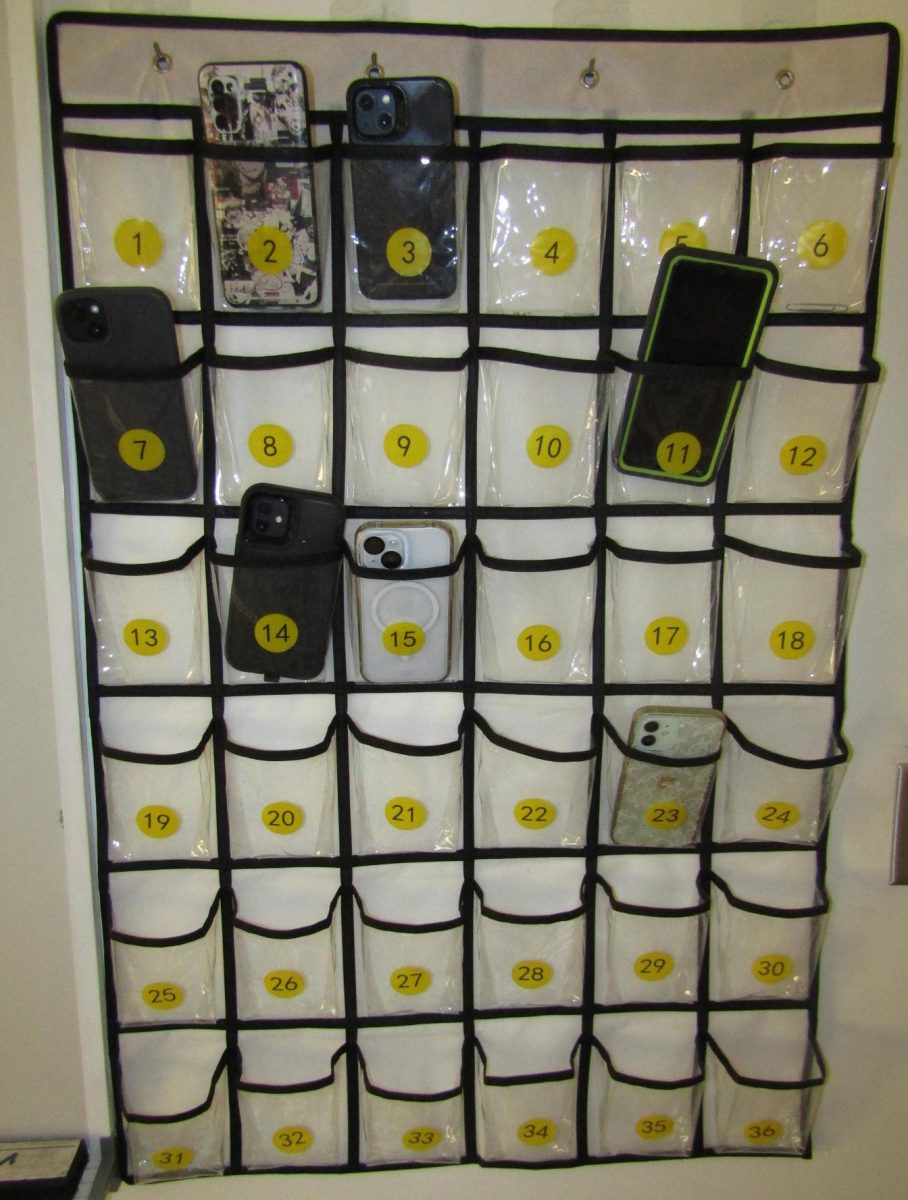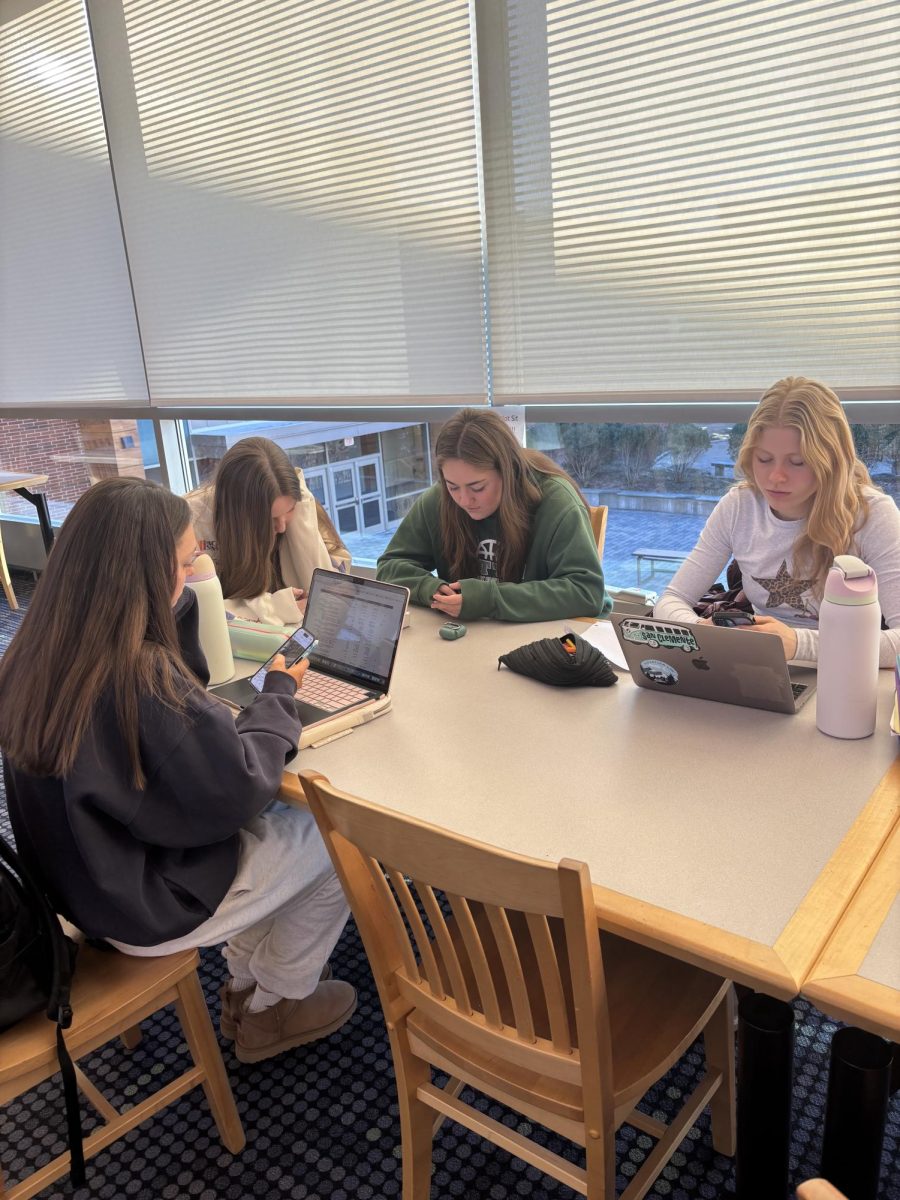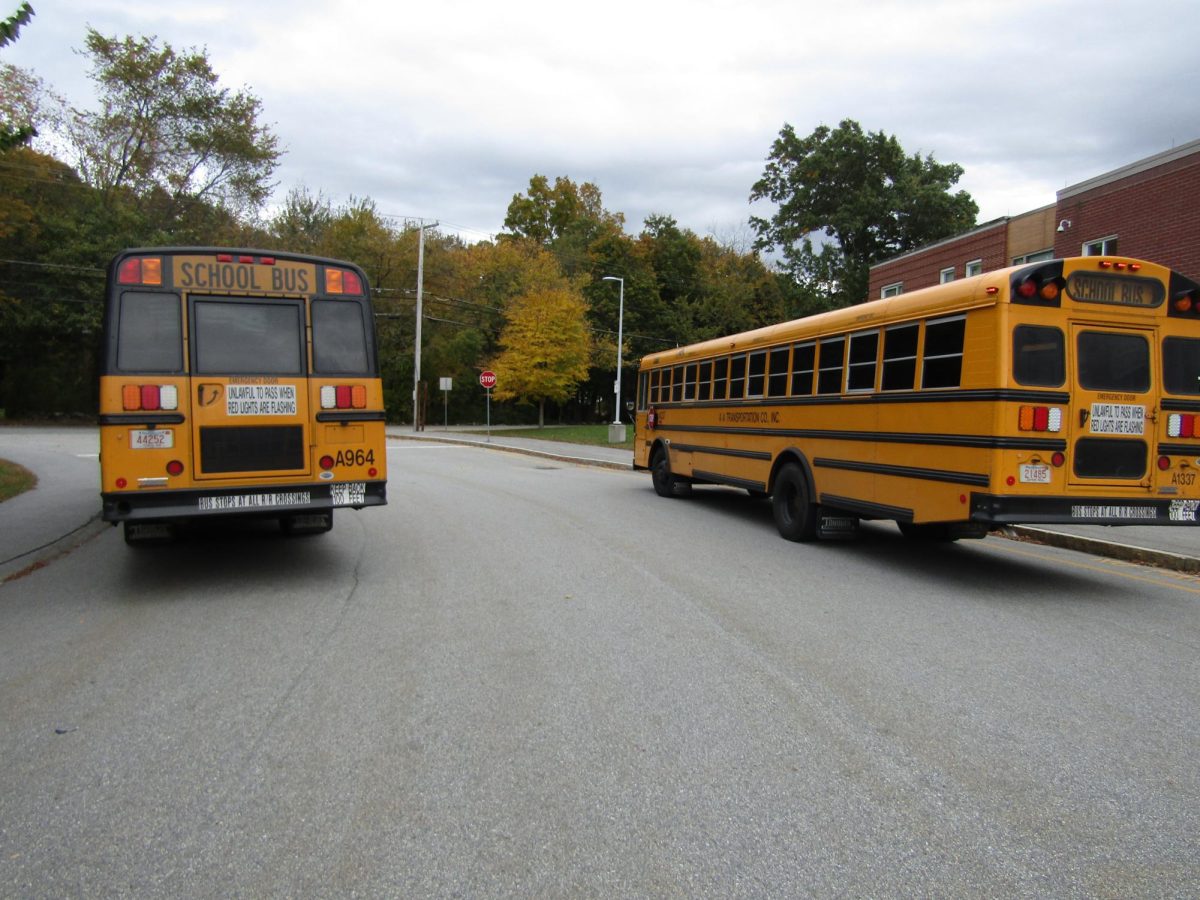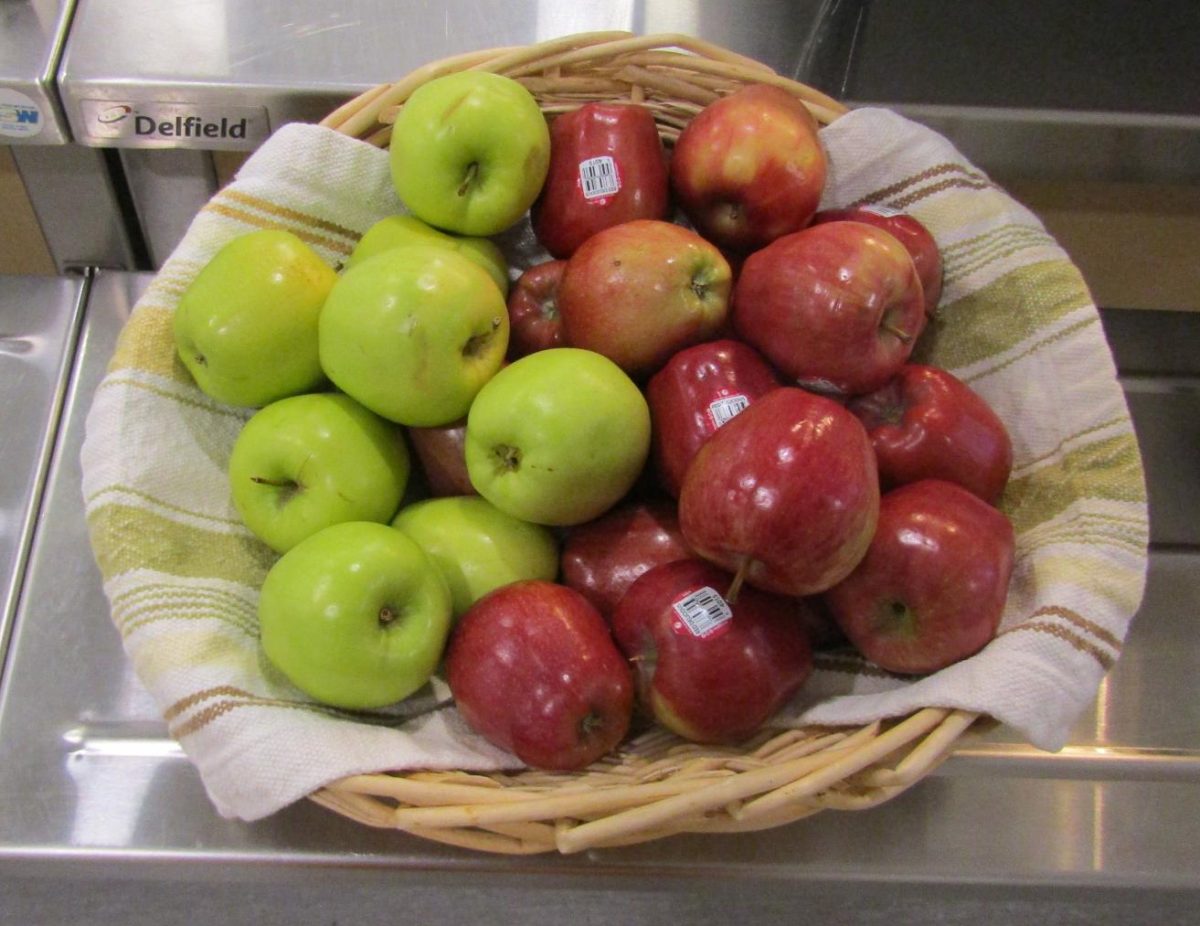For decades, technology has been advancing and growing at a fast pace. Today, technology is used in everyday life and so people rely on technology throughout their day.
When COVID-19 broke out in 2019, SHS quickly learned to adapt and become remote students that can still learn while staying safe at home. Since then paper assignments have become less and less common and online assignments are the new normal.
Technology has so many benefits to help both students and teachers, but it can also have some downsides. In 2019 and 2020, technology was used to keep students safe and distanced from each other. Students had to learn to do school work being in class from their homes.
This was the first time that anyone had to do something like this. It took time to adjust to the environment and education system. Learning this way allowed teachers to send and receive assignments with the click of a button, which made grading much quicker.
One of the major downsides to this style of learning, however, is that teachers are not actively with the students. There was no real way of telling if a student was listening in class or just doing something else at their house. Since this was a new experience for everyone, a lot that the teachers had to learn about running the class virtually, which led to many technological problems and wasted time.
SHS offers classes through “VHS” (Virtual High School), which allows students to take an online class that the school does not offer. Also, SHS offers many other technology-based classes such as computer science and graphic design.
Doing work online allows students to do many different things to help them: checking grades, getting reminders for due assignments, submitting assignments, working along with peers or teachers, and the ability to do work anywhere from their phone or computer are just some of the examples.
What are the downsides to technology-based learning? A big downside to this style of learning is the cost. Either the students or the school has to buy or own the required equipment. Instead of using paper or a whiteboard, students are using a laptop or smartboard and these cost significantly more.
Another downside is the technological issues that occur on a daily basis. Many students have problems with their devices, and many of the teachers have issues with their Smart Boards, and this can waste a lot of time, and even money at times, to fix these issues.
To do most of the assignments and tasks online you need to be connected to Wi-Fi; if a student does not have access to Wi-Fi then they will be unable to complete their work. This is the same for at school if the Wi-Fi goes out — which it has before — then students and teachers won’t be able to do their work.
Technology is advancing rapidly, and each year there is more and more tech inside and outside of the classrooms. Many places are looking at ways to use this new technology to help students learn. One of these is virtual reality which can be used for a much more immersive learning experience.
Using virtual reality, educators would be able to create immersive and safe experiences based on the material being taught. This would allow students to actually experience and see what they are learning about.








































Ted McCarthy • Dec 9, 2023 at 8:39 am
Nice synopsis of tech in schools Ken. I think a good follow up piece could include interviews w teachers & students to see what their favorite/least favorite tech pieces are.